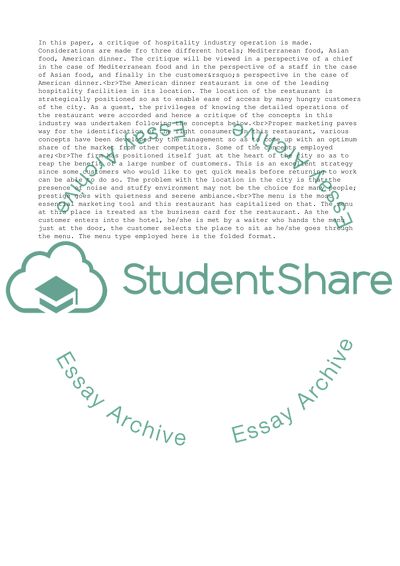Cite this document
(“Critique of Food and Beverage Operations in the Eye of a Management, Assignment”, n.d.)
Critique of Food and Beverage Operations in the Eye of a Management, Assignment. Retrieved from https://studentshare.org/management/1768085-managing-food-and-beverage-operations
Critique of Food and Beverage Operations in the Eye of a Management, Assignment. Retrieved from https://studentshare.org/management/1768085-managing-food-and-beverage-operations
(Critique of Food and Beverage Operations in the Eye of a Management, Assignment)
Critique of Food and Beverage Operations in the Eye of a Management, Assignment. https://studentshare.org/management/1768085-managing-food-and-beverage-operations.
Critique of Food and Beverage Operations in the Eye of a Management, Assignment. https://studentshare.org/management/1768085-managing-food-and-beverage-operations.
“Critique of Food and Beverage Operations in the Eye of a Management, Assignment”, n.d. https://studentshare.org/management/1768085-managing-food-and-beverage-operations.


